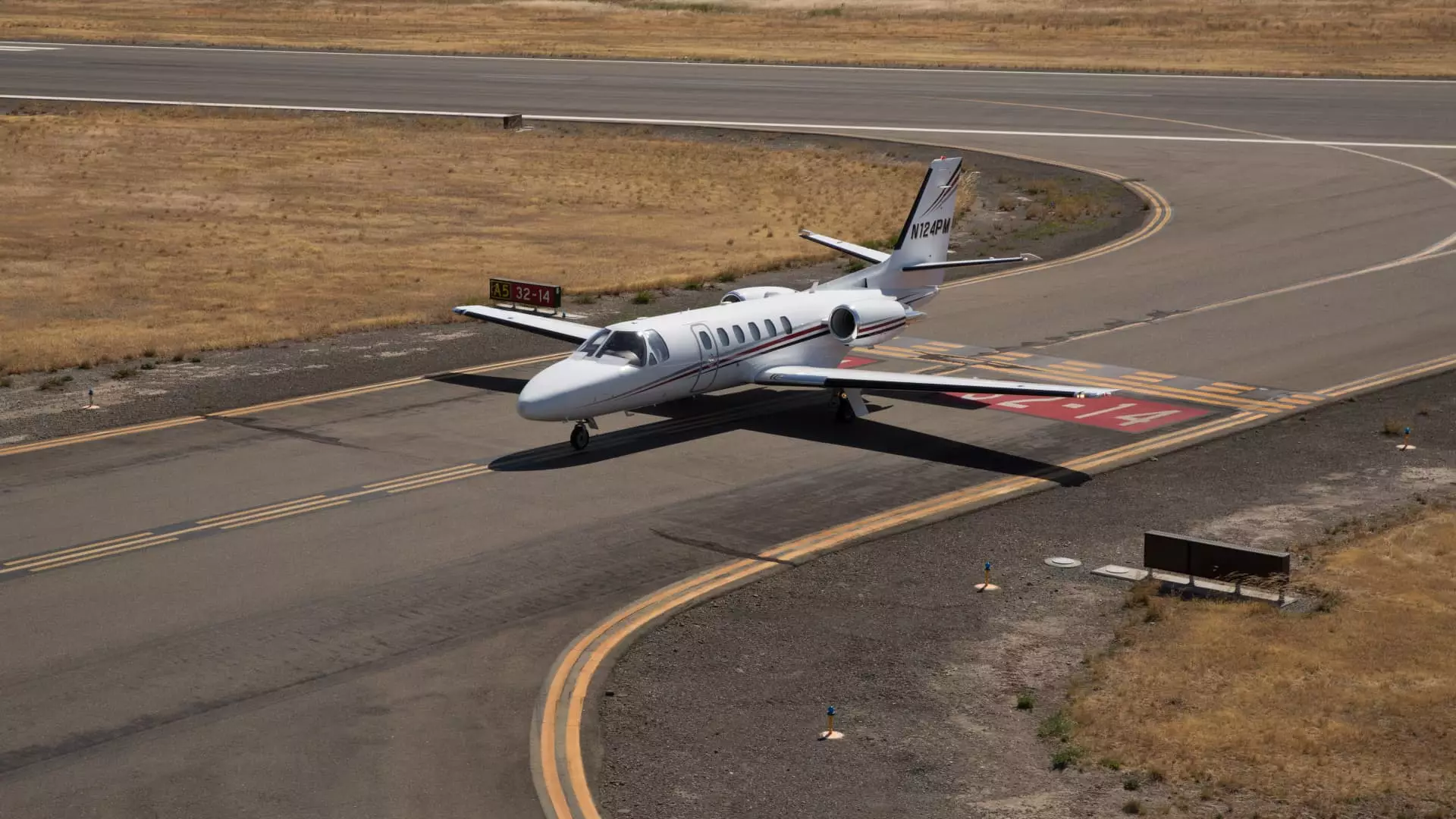In recent months, the aviation industry has witnessed a significant downturn that may herald a troubling shift in consumer spending habits. The latest findings from Barclays reveal an alarming 49% decline in interest for purchasing business jets among affluent consumers—a clear indication that even the wealthiest are tightening their belts in the wake of economic uncertainty. With a composite score plummeting from 52 to 40 on the Barclays Business Jet Indicator, the implications for manufacturers, dealers, and the broader aviation economy are dire.
This dramatic decrease in demand should serve as a wake-up call for an industry that has often taken its exclusive clientele for granted. As consumers reassess their financial priorities, the ripple effects could threaten the foundations of an industry that has, until now, felt invulnerable to economic fluctuations. It raises questions about sustainability in a market previously buoyed by buoyant consumer spending and unchecked confidence in luxury assets.
A Broader Economic Context
The data emerges in a landscape marked by rising tariffs and a burgeoning sense of anxiety surrounding the business climate. According to the survey, 93% of industry respondents foresee a detrimental effect from tariffs—far from an isolated issue, this reinforces the notion that the microeconomics of the aviation sector are intricately linked to macroeconomic trends.
Tariffs, designed to secure national interests, might hurt the very sectors they aim to protect. Businesses that depend on aviation for operational efficiency are now reconsidering their capital expenditures in light of such external pressures. This contraction in demand is not merely a hiccup; it signals larger systemic issues that could undermine the aviation industry for years to come.
Perceptions and Market Sentiment
The stark reality is that nearly half of the survey’s respondents indicated a significant decrease in interest for new business jets since March, while a mere 10% reported improved sentiment. It creates a chilling narrative: as uncertainty looms, potential buyers choose caution, opting to delay or forgo major investments. A composite score that dwells in the low 40s not only hints at market stagnation but serves as a mirror reflecting the broader economic pessimism gripping investor mentality.
David Strauss of Barclays has pointed out that the latest data captures the sentiment that was anticipated, but it also reveals a far steeper decline than many analysts had projected. This suggests that even experienced financiers are underestimating the extent to which political and economic challenges can shape consumer behavior.
The Shadow of Legislative Changes
However, there is a glimmer of hope nestled within impending legislative changes. The recent decisions by both chambers of Congress to consider extending provisions from the Tax Cuts and Jobs Act (TCJA) could breathe new life into the aviation sector. By allowing businesses to deduct 100% of eligible equipment costs rather than distributing tax benefits over time, we may see a resurgence in aircraft purchases.
The potential retraction of deductible limits may incentivize businesses to re-enter the market for business jets. But one must question whether this band-aid approach is enough. Is it merely a short-term fix for a deeply rooted issue within consumer sentiment? Furthermore, the political will to enact meaningful changes in a polarized climate remains uncertain, leaving industry stakeholders in a state of apprehension.
The Road Ahead: Navigating Through Turbulence
As we navigate through this tumultuous economic landscape, it becomes clear that the aviation sector must reassess its strategies to align with shifting consumer preferences. Manufacturers and dealers must reflect on the lessons imparted by this downturn—cultivating a keen understanding of market sentiment will be essential. In a world where demand is teetering, fostering strong relationships with clients and evolving business models to reflect consumer desires could spell the difference between survival and extinction.
In an environment where even affluent consumers exhibit reticence, the aviation industry stands at a pivotal crossroads. The critical question remains: Can it adapt to the realities of a more cautious consumer base, or will it persist in its complacency, risking further declines in an already fragile environment? The stakes have never been higher, and the time for introspection and action is now.


Leave a Reply